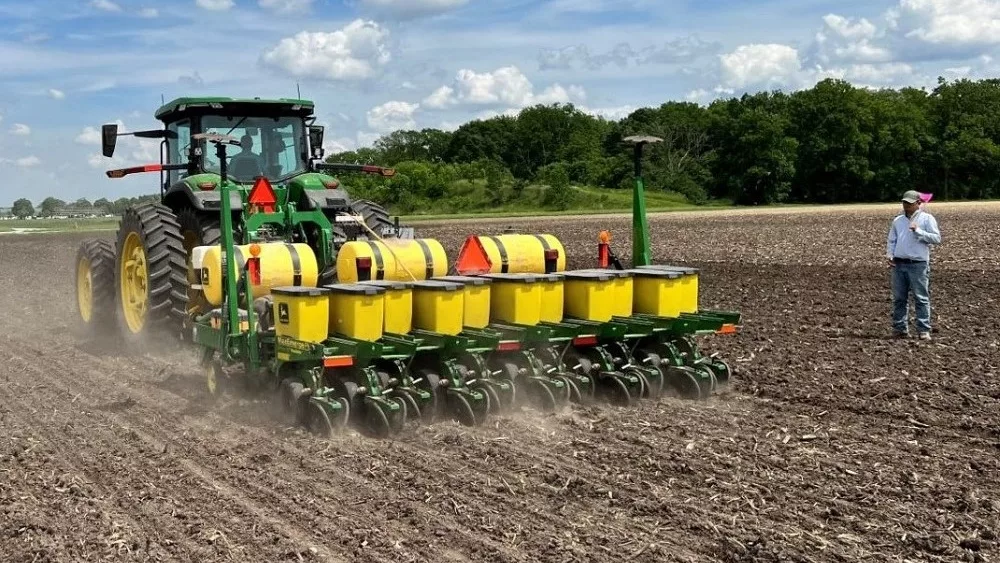Monday’s Crop Progress Report shows that planting in Michigan is underway. Some farmers are hesitant to get the crop in the ground quite yet because soil temperatures are still a little cold.
Gary Brinkman, Pioneer agronomist, says sometimes soil conditions trump soil temperatures.
“If I can get my soil temperatures to float in that 45 to 50 degree temperature range and plant in ideal, wonderfully tilted soil, I will be planting,” he said.
Brinkman says he likes to remind growers they are root farmers, and they need to have good soil conditions to establish a good root system.
“Last year we saw the outcome of planting in muddy conditions, a lot of sidewall compaction,” said Brinkman. “This year, we have ideal soil conditions. Soil temperatures are on the low side.”
There are a few tools growers can use to make those decisions. One of those tools is the Pioneer Stress Emergence Score. Brinkman says this tool is utilized to guide planting paths.
“Plant breeders are kind of hard on our hybrids, so a six would be a fairly high score, five would be average,” he said. “I would be planting hybrids with stressors and scores of five to six right now until soil temperatures warm up. I think they will in the next week. We’ll see some opportunities to get hydrogen with a little bit lower stress emergence score.”
He says if soil temperatures are around 45 and above, then growers will see more uniform stands and less stand loss. If soil temperatures are low, he wants to remind growers that it could cause your corn to not emerge uniformly.
“When growers are thinking about putting seed in the ground, the first 24 hours is the most important,” he said. “That water that’s imbibed by the seed sets the stage for uniform emergence. If that soil temperature and soil moisture is in the 30s, that’s going to have a profound impact on uniform emergence.”
After the 2019 planting season got off to a rough start, more growers are planting early. Brinkman says that’s not a bad thing.
“I am a huge advocate of planting early,” he said. “You’ll never get it right, but if you’re going to err, err early.”






